Pro Perspective: Clay Dalrymple
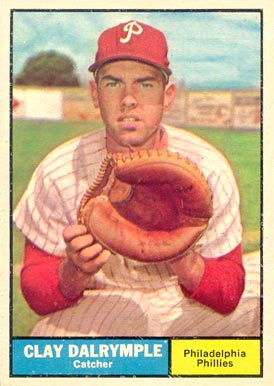
Pro Perspective: Clay Dalrymple
Teams
- Philadelphia Phillies, 1960 - 1968; Baltimore Orioles, 1969 - 1971
Growing up in Chico
Clay Dalrymple was born on December 3, 1936 in Chico, California. Chico is a town about 90 miles north of the state capital, Sacramento.
Clay grew up in Chico and went to Chico High School, where he played Baseball and Football. Of note, a few years after Clay graduated, future two-time World Series-winning pitcher Nelson Briles attended the same high school.
After high school, Clay went on to attend Chico State University in Chico, CA.
During high school and college Clay played semipro ball for a team called the Chico Colts. He then moved on to play for the Sacramento Salons of the Pacific Coast League, and later, with the Amarillo Gold Sox.
In 1959 Clay’s contract was obtained by the Milwaukee Braves and he was invited to spring training, though he didn't make the big league club. Later that November Clay was picked by the Philadelphia Phillies in the Rule 5 draft.
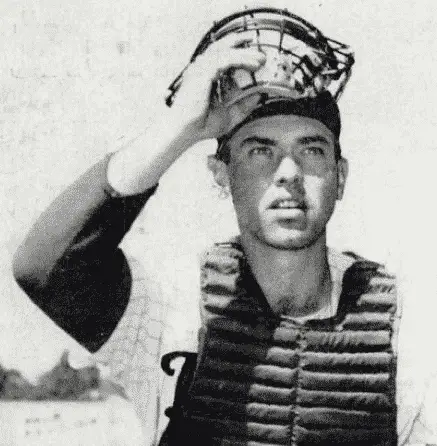
A Regular for the Phillies
Clay went on to spring training for the Phillies in 1960, and he made the big league team. Just 10 games into the regular season, the 6 foot, 190 pound catcher would make his MLB debut.
It was the night game of a doubleheader on April 24, 1960 at Philadelphia's Connie Mack Stadium. In front of nearly 20,000 fans, Clay made his debut by starting behind the dish and going 2 for 4 at the plate with one run, in a 10 - 4 loss against the Cincinnati Reds. Both of his hits came off of former NL Cy Young and MVP winner, Don Newcombe.
Clay went on to spend the next few months in a backup role to Jimmie Coker, while also having numerous pinch hit appearances that year. Clay would move into the starting catcher role by August of the '60 season.
Although 1961 wasn’t a particularly impressive season statistically for Clay, his bat vastly improved in the second half of the season. The next year, 1962, Clay had the strongest offensive year of his career, hitting .276/.393/.416 with 11 home runs, an .809 OPS and a 3.8 bWAR.
In 1963 he appeared in a career-high 142 games for the Phillies, and he remained an important part of a Phillies team that came oh so close to winning the NL pennant in 1964.
Between 1965 and 1968, Clay worked in a platoon role with other catchers such as Gus Triandos, Pat Corrales, Bob Uecker, Gene Oliver, and Mike Ryan. Though he was strong defensively, his offensive numbers never quite returned to where they were in the early part of the decade.
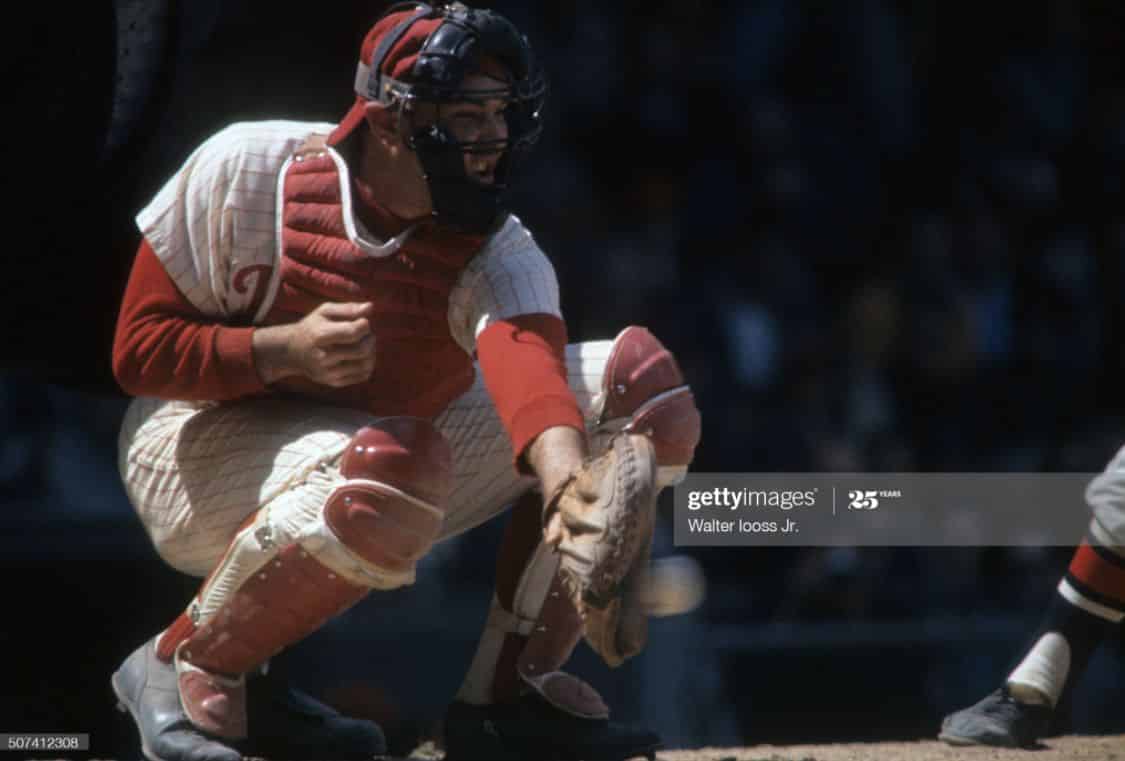
Trade to Baltimore
In January of 1969, Clay was traded to the Baltimore Orioles for Ron Stone, an outfielder.
He would go on to split time behind the plate with notable Orioles catchers Andy Etchebarren and Elrod Hendricks. He appeared in the 1969 World Series, going a perfect 2 for 2 as a pinch hitter in the Orioles' 5 game loss to the Miracle Mets.
Unfortunately, Clay suffered a broken ankle in 1970 during a collision at the plate against the Washington Senators.
He made it back to the Orioles for the 1971 season but appeared in just 23 games that year and didn't make it into any of their postseason games. Clay decided to retire in December of 1971 after learning he was being assigned to Baltimore's minor league (AAA) club.
In total, Clay Dalrymple spent 12 years in the MLB hitting .233 with 55 home runs, 327 RBIs, 243 runs scored and a career 16.7 bWAR. Fun fact: he was ejected three times in his career: once each in 1961, 1964 and 1966.
The most impressive career statistics that Clay Dalrymple had are defensive in nature, with a career .987 fielding percentage behind the plate and 306 base runners caught stealing - good for a very impressive 49% career caught stealing rate.
He led all NL catchers multiple times in categories like assists, double plays turned and runners caught stealing.
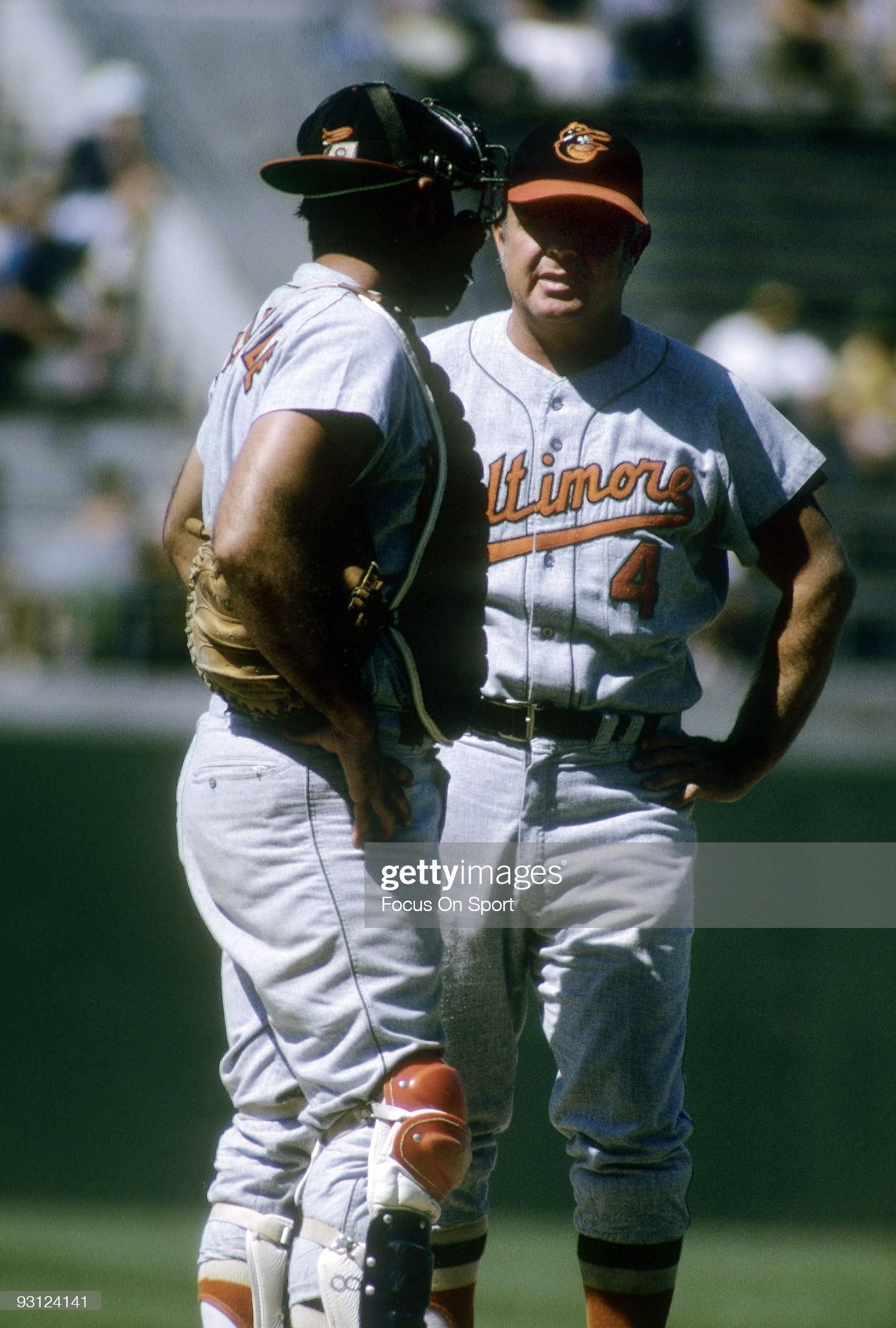
Q&A with Clay Dalrymple
Clay Dalrymple is a former MLB catcher with nearly 8,000 innings spent behind the plate in major league games.
He has played on the same team with Hall of Famers Robin Roberts, Jim Bunning, Jim Palmer, Frank Robinson and Brooks Robinson. Clay also played for Hall of Fame Manager Earl Weaver.
A few months back, I sent Clay a letter asking for his input on the questions I typically ask of big league catchers. He took the time to thoughtfully answer my questions.
Following all the others in this Pro Perspective series, I wanted to share Clay’s input with readers in the hope that his perspective will help catchers looking to improve their game.
Here are Clay’s responses to my questions, as you can also read in the image below.
Question 1: What is your favorite memory from playing in the major leagues?
Answer: Playing with Baltimore. My roommate was Boog Powell. Just think about being in a lineup with Frank and Brooks Robinson.
Question 2: What do you think is the most important skill that a catcher should have?
Answer: Catching the low pitch. Catch it with your glove turned up. Everything from the knees down should be caught this way. Today's catchers try to steal a pitch by holding their glove with fingers up. Low pitches are going by them.
Question 3: If you could give one piece of advice to young catchers hoping to one day play at the next level, what would it be?
Answer: Base steallers: (sic) Your arm may not get full strength until early 20s. Practice getting the ball out of the glove fast and accurate. Good luck
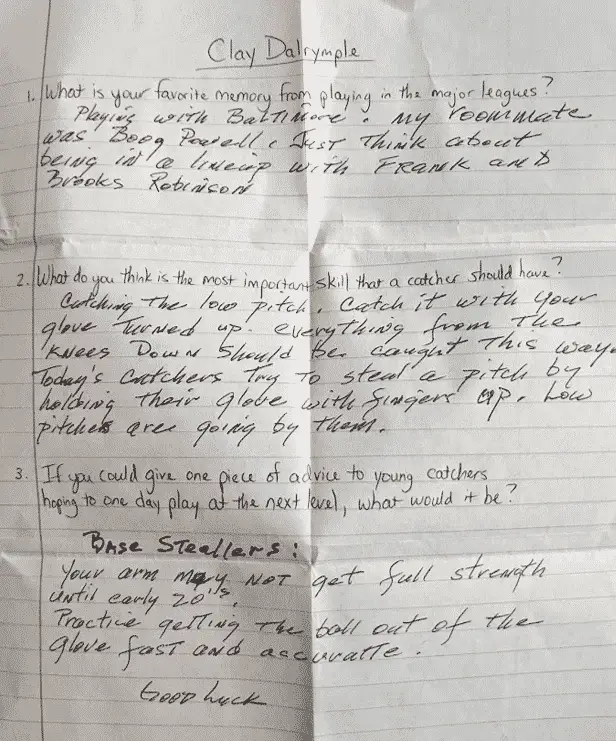
I like how practical Clay's advice is. He instructs catchers to focus on the correct way to catch low pitches, and he mentions that good mechanics in preventing passed balls are more important than trying to frame a clearly bad pitch for a strike.
Clay also gives some advice on what to work on: becoming quicker getting the ball out of your mitt and throwing accurately. He also rightly mentions that it takes time to get an arm to full strength, which often doesn't happen until you reach your early 20s.
Thanks for Reading
We hope you enjoyed reading this post about Clay Dalrymple and that you learned something from it! Please feel free to contact us if you have any questions or comments.
Scott Perry
Scott Perry is the owner and lead author at Catchers Home. He's a former baseball player, a current coach, a husband and a Dad. He remains as passionate about baseball today as he was as a kid.
